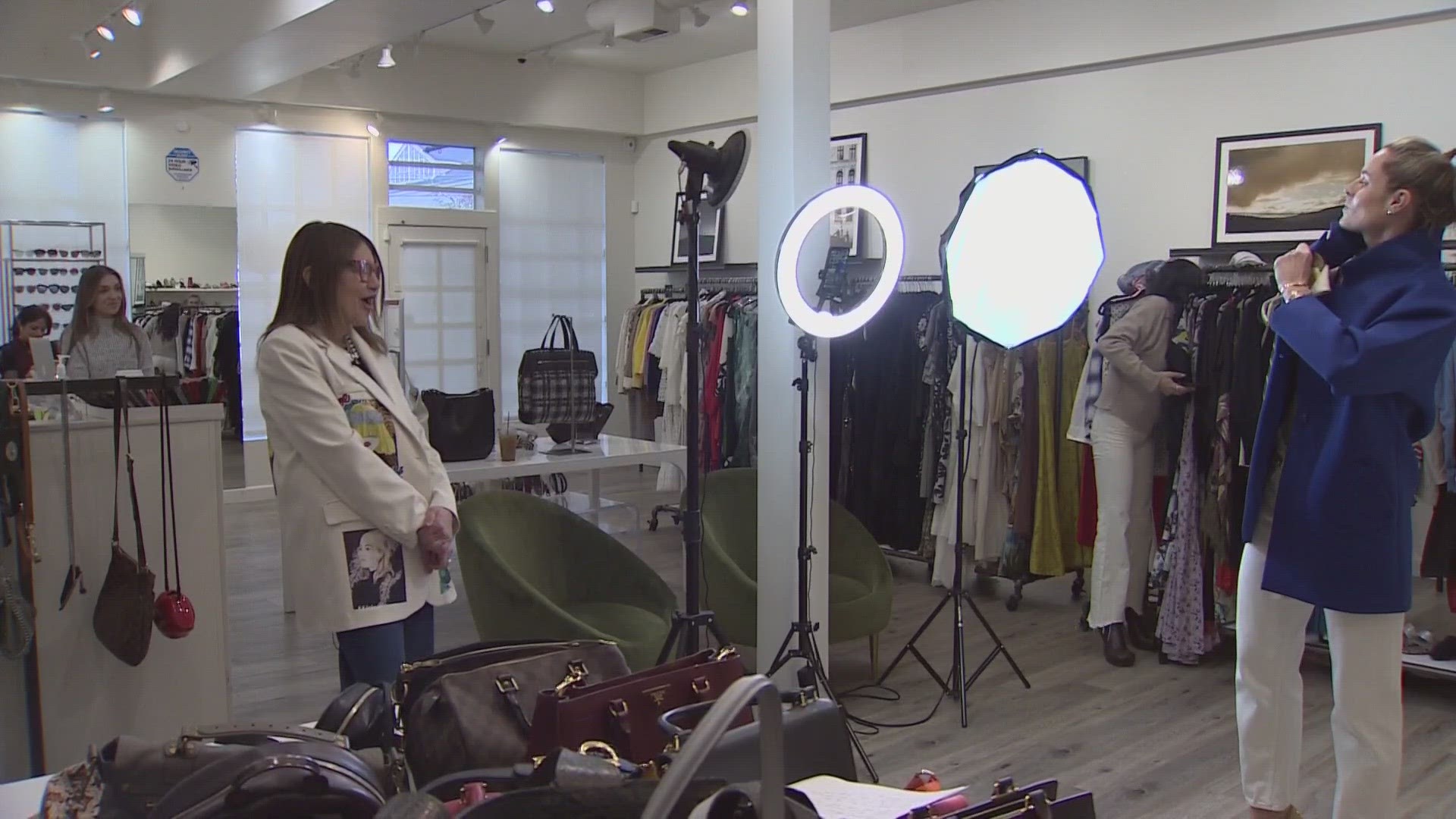SEATTLE — From brands like Gucci to The Gap, the cost of doing fashion is not always easy on the wallet - and according to data, it's not easy on the environment either.
The fashion industry accounts for up to 10% of man-made global carbon emissions every year.
And Liz Fikejs with Seattle Public Utilities (SPU) said textile waste is significant.
"Textiles going to garbage over a year's time were approximately 8.8 million pounds in 2020," said Fikejs referring to SPU studies of what goes into the garbage. "And that's grown since the last time we did this study in 2014 by 38%."
Celebrities and trendsetters are hoping to reduce that number by making recycling, reusing and renting clothes more popular and businesses are taking advantage of the trend.
The global second-hand market is expected to double reaching $350 billion by 2027.
"It's the young people," said Susie Cohen, co-owner of the Seattle-based luxury consignment store The Refind Closet. "If the young people are onto a trend, it's going to translate and it's the young people that are so conscious of the environment,"
Jeannine Christofilis is co-owner of The Refind Closet, which focuses on live shopping events over social media.
Christofilis said while their customers are looking for good deals on luxury items, they are also looking for sustainable fashion.
"The designer conscious of the materials they're using, where are they manufacturing it," said Christofilis adding that they feel better about how buying because they are buying resale.
Manufacturing clothing and shoes strains resources. Cotton needs a lot of water to grow and chemical dyes emit greenhouse gases.
"But if we're replacing that new shirt with something that was used, then those aren't being generated," Fikejs said.
According to ThredUP, the lifetime impact of buying second-hand clothing saves more than eight pounds of CO2e emissions and 88 gallons of water.
As thrifting becomes more popular, the hope is that clothing companies will reduce the amount of clothing they make.
"There doesn't need to be a lot made in the world," Christofilis said. "If you buy something that you love and you make an investment in that piece it should be able to stay in your closet for 20 years."
While donating is better than throwing away used clothing, Fikejs said keeping that shopping experience to friends, community and staying local is the best way to reduce a person's environmental impact from shopping.
"Donating helps, but the thing we don't know about donating, they send a large amount of clothing abroad too," Fikejs said. "And we don't know what happens when it goes abroad."

